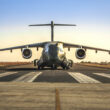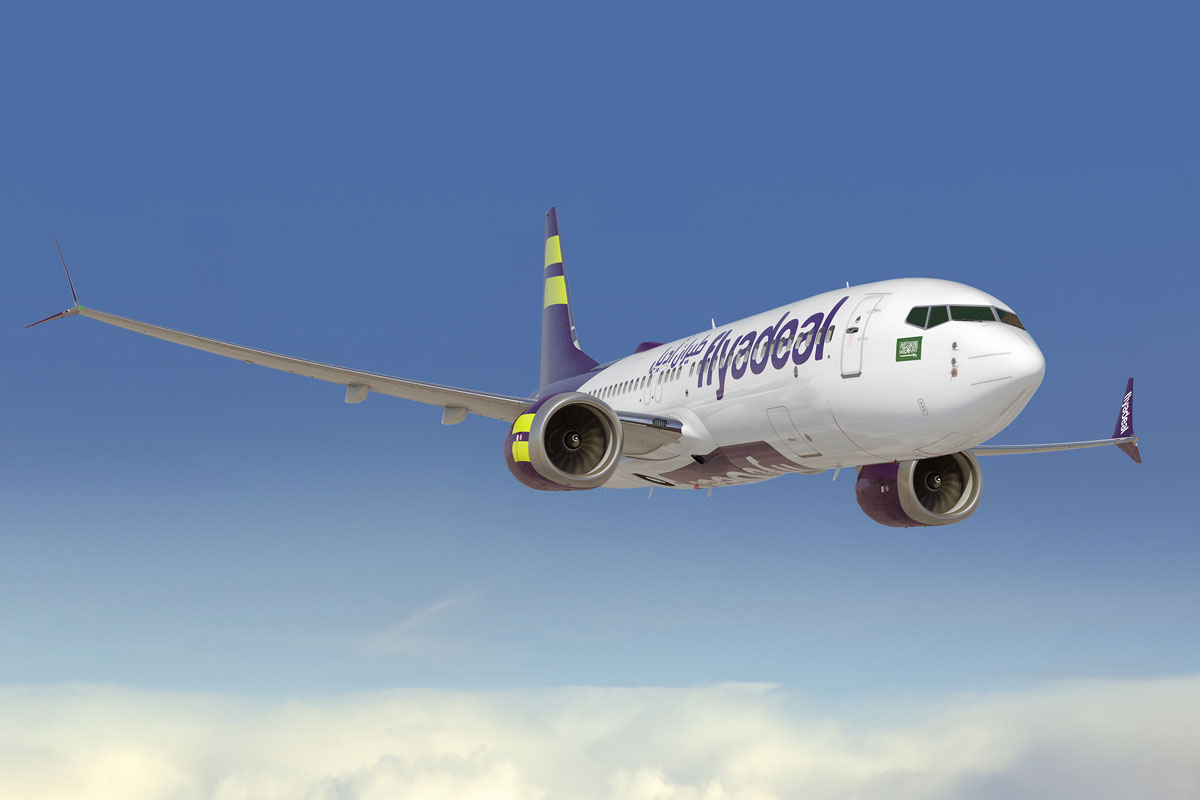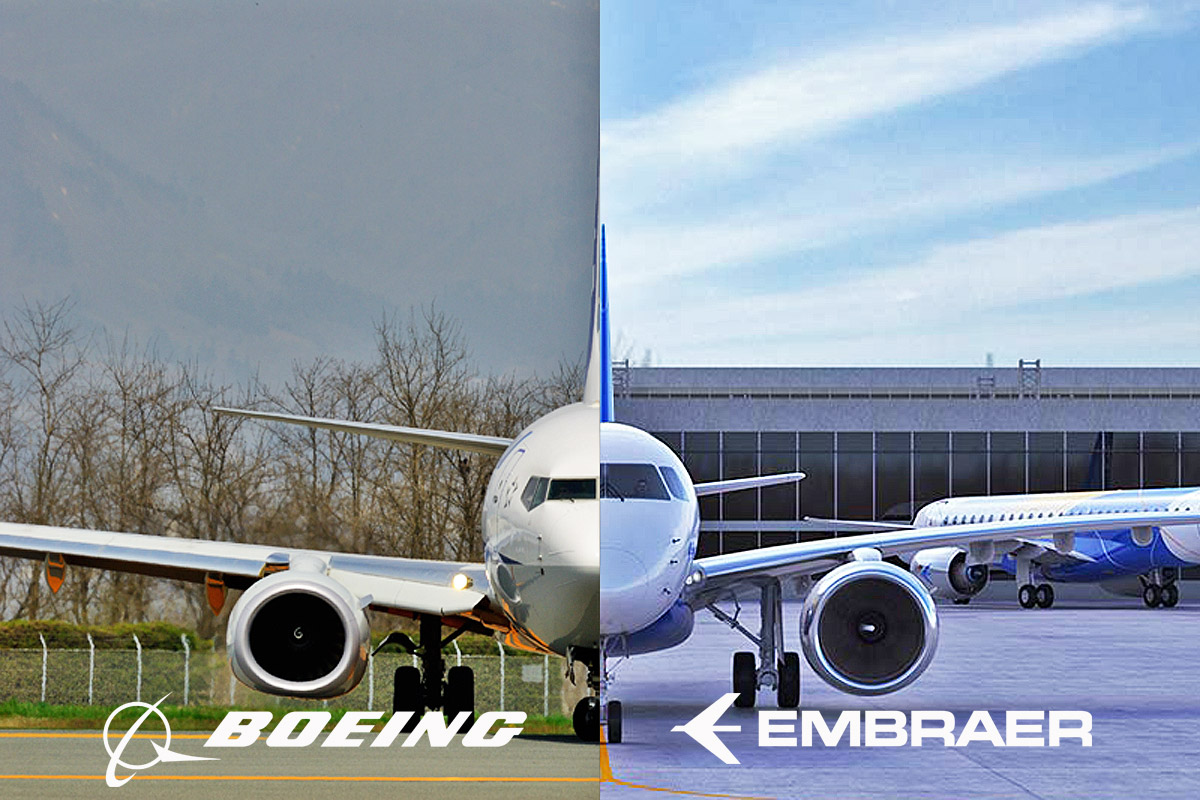Derived from the F.28 jetliner, the Fokker 100 emerged in the 1980s as a successful attempt by the Dutch planemaker to occupy a market niche below jets from Boeing, Airbus and McDonnell Douglas.
With capacity for up to 122 passengers, the regional aircraft offered good comfort, advanced technology, Tay turbofan engines supplied by Rolls-Royce, and a configuration that made it capable of operating in airports without much infrastructure.
The height of the cargo holds made it unnecessary to use luggage handling equipment, the jet came with a retractable ladder on the front door and was capable of taking off from runways of up to 1,600 meters.
Follow Air Data News: WhatsApp | Google News | Instagram | LinkedIn | Twitter | Facebook
It didn’t take long for Fokker to secure significant orders, including with American Airlines (75 jets) and USAir (40 planes), with its debut in service taking place in April 1988 through Swissair.

In the following years, production grew and by 1991 70 of these aircraft were operating, with over 230 orders pending.
Encouraged by the good demand, Fokker started thinking about expanding the family, with projects for a smaller jet (Fokker 70) and a larger one (Fokker 130).
However, the Dutch company preferred to prioritize the smaller capacity variant, aimed at replacing the existing Fokker F.28.
But the Fokker 70, with a higher operating cost, failed amid the company’s financial problems.
In October 1996, a serious accident with a Fokker 100 belonging to the Brazilian airline TAM tarnished the aircraft’s reputation. The jet crashed shortly after takeoff because a reverser opened in flight following an electrical failure.
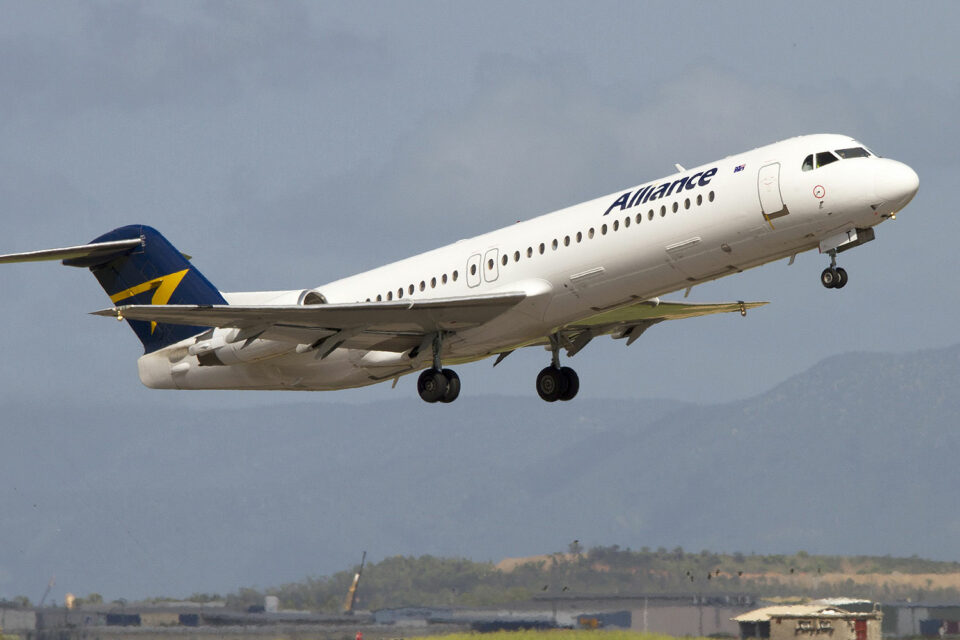
The following year came the final blow, with the bankruptcy of Fokker, a legendary manufacturer, but one that could not resist the competition at the end of the century in aviation.
The Fokker 100, however, continued to fly, maintained by a support network that includes companies that survived the manufacturer’s decline.
Despite production ending with 283 aircraft completed, the jet remained in service with major airlines.
In 2024, approaching the 40th anniversary of the inaugural flight, there are at least 66 Fokker 100 active in the world. Two-thirds of these planes fly in Australia, including Qantas, the country’s largest airline.
Another relevant country is Iran, with 14 Fokker, according to Planespotters.
See where the Fokker 100s were flying in May 2024:
Air Niugini (Papua New Guinea) – 4 Fokker 100
The island paradise’s airline operates some of the oldest jets of its kind and has had serious incidents with some of them. This situation is expected to change soon after the arrival of new Airbus A220s.

Alliance Airlines (Australia) – 23 Fokker 100
Australian Alliance Airlines is the largest operator of the jet in the world, with 23 active aircraft, in addition to 10 Fokker 70s. It also has five Dutch jets parked, but has been reinforcing the fleet with Embraer E-Jets lately.
Iran Air (Iran) – three Fokker 100
Iran’s largest airline maintains three Fokker 100s in service, but at one time had 20 of them in the fleet.
Iran Aseman (Iran) – three Fokker 100
The small Iranian carrier has four jets, but three active, among its fleet that includes the Boeing 737-400, the ATR 72 and an A340-300.

Karun Airlines (Iran) – three Fokker 100
Karun is a “new” Fokker 100 operator, having received its planes from 2018.
Kish Airlines (Iran) – a Fokker 100
Kish’s main aircraft is the MD-80, of which it has seven jets, but there is a single Fokker 100 available as well.
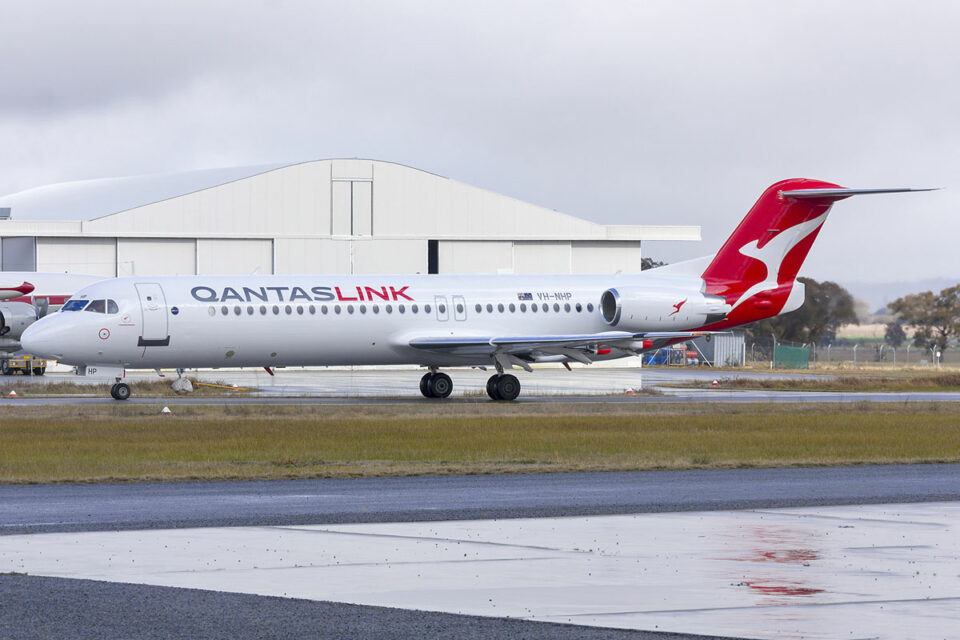
Premier Airlines (South Sudan) – a Fokker 100
The small African airline has a Fokker 70 and a Fokker 100 in operation and flies to destinations such as Nairobi, Mogadishu and Juba.
QantasLink (Australia) – 15 Fokker 100
Qantas’ regional arm is the second largest operator of the Dutch jet, with 15 planes, taking advantage of the partnership with Alliance.

Qeshm Airlines (Iran) – two Fokker 100
With just 10 aircraft, Qeshm flies two Fokker 100s and three Avro RJ100s, a rival to the Dutch plane.
Skyward Express (Kenya) – three Fokker 100
Another small African operator, which has three Fokker 100s and one Fokker 70.

Skippers Aviation (Australia) – two Fokker 100
A regional airline based in Perth, Western Australia, Skippers operates nine turboprops and two Fokker 100s.
Virgin Australia Regional (Australia) – three Fokker 100
Virgin is already in the process of retiring its Fokker 100s, which are being replaced by Boeing 737-700s on a provisional basis. The plan, however, is to operate new generation aircraft such as the A220-100 or the E190-E2.

Center D’essais En Vol (France) – two Fokker 100
The French government maintains two jets for flight testing of electronic equipment.
Slovak Government (Slovakia) – two Fokker 100
An unusual task, the Slovak government has two jets in VIP configuration.



